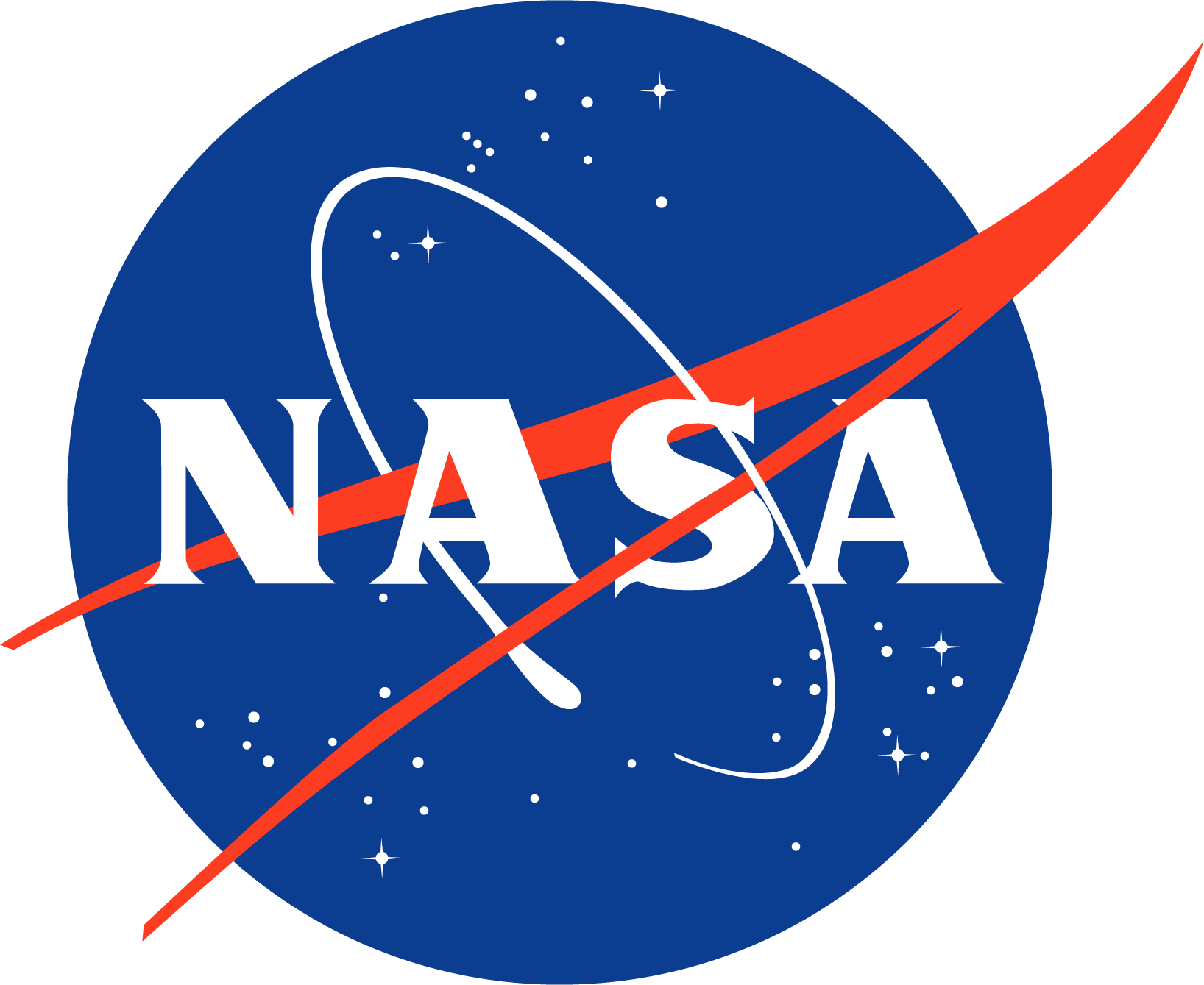May 18, 2018, 1:00 pm - 2:00 pm
May 18, 2018, 1:00 pm - 2:00 pm, Heliophysics Director's Seminar, Hosted by the Geospace Physics Laboratory (673)
The spark of crowdsourced opportunities & outcomes for Heliophysics
Liz MacDonald (GSFC)
What does crowdsourcing have to do with Heliophysics? Crowdsourcing provides a new avenue to scientific observations and public participation in research. The public is keenly interested in our science and able to participate in ways that are not just meaningful, but also disruptive, and lead to innovation. I will share examples from 5 years of running Aurorasaurus, the first citizen science project about the beautiful aurora. Citizen scientists can increase their chances to see aurora, contribute to helping others see aurora, help scientists improve very coarse models of aurora, and actively learn more about space physics in the process. Recently, citizen scientists have even captured features of aurora-like arcs not previously described in the literature at subauroral latitudes and contributed to ground-breaking new publications and understanding. The new finding that the "STEVE" structure is a visible sign of a subauroral ion drift (SAID) has received worldwide attention and is published in MacDonald et al., Science Advances, 2018 (http://advances.sciencemag.org/content/4/3/eaaq0030.full). These new interdisciplinary methodologies may be especially well-suited to our field, and I will highlight other space physics examples and opportunities as well.
